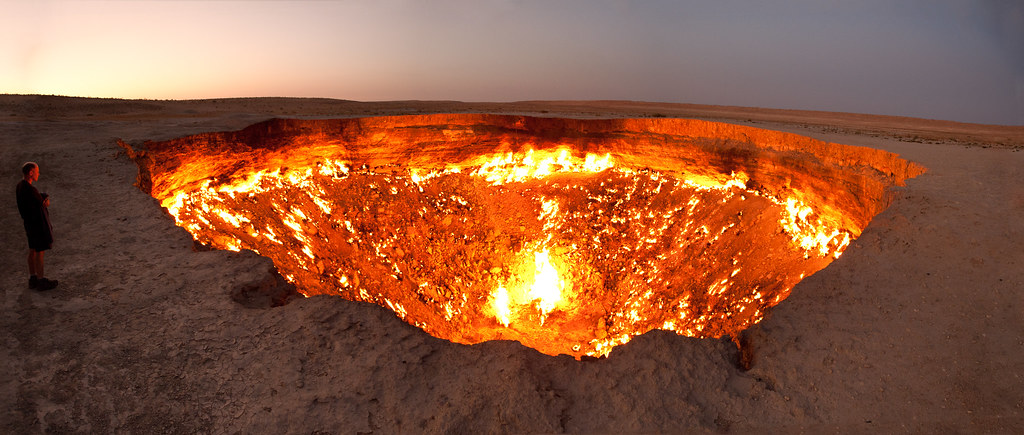Sediment cores drawn from four lakes in Guatemala record the distinct direction that ground shaking traveled during a 1976 magnitude 7.5 earthquake that devastated the country, according to researchers at the Seismological Society of America's Annual Meeting .
The earthquake, which killed more than 23,000 people and left about 1.5 million people homeless, took place along the Motagua Fault, at the boundary between the North American and Caribbean tectonic plate boundary.
Severe ground shaking from the 1976 earthquake caused landslides and sediment-laden turbidity currents that can be seen clearly in cores taken from the lakebeds. Normally, researchers might expect that this shaking would produce the thinnest sediment deposits in lakes furthest away from an earthquake, since seismic waves weaken as they travel away from an earthquake epicenter.
But in the Guatemalan lakes, the cores with the thickest sediment traces of the earthquake occur at the end of the fault rupture, said Jonathan Obrist-Farner, a geologist at Missouri University of Science and Technology. "What we see is lakes that are actually the closest to the epicenter but just away from the rupture path have very thin deposits."
Jeremy Maurer, a geophysicist also at Missouri University, suggested that the unusual pattern had in this case recorded the directivity of the 1976 shaking.
It's not unusual for scientists to find evidence of past earthquakes in lake sediment cores, Maurer added, noting examples from New Zealand to Turkey that offer a glimpse at how far away a particular earthquake could have an impact.
"What hasn't been done as much is looking at where these lakes are located in relationship to the fault," said Maurer. "Are they off-axis or on-axis? Does the direction of the rupture have an effect on sediment deposits?"
When the U.S. Geological Survey collected field data after the 1976 earthquake, "they found, for example, adobe houses that were 10 kilometers south of the main rupture path that were still standing, yet those that were actually on the fault trace and towards the propagation direction all collapsed," said Maurer. "I think there's a lot of evidence that points to the directivity of the rupture and now we're just looking at it sedimentologically from the lakes."
The researchers began recovering and analyzing cores from the lakes in 2022. "We thought it would be a very interesting opportunity to not just look at the 1976 earthquake, but actually learn a little bit more about the paleoseismic history of the plate boundary, which we know very little of," said Obrist-Farner, who is originally from Guatemala.
Although there was a brief rush of seismologists to the region after the 1976 earthquake, the impacts of a 36-year civil war and sparse instrumentation have left the plate boundary poorly monitored. Paleoseismic data like the lake records are important for building a more complete picture of the country's seismic risk.
Last year Obrist-Farner's team retrieved their largest cores yet from the lakes, with lengths of sediment that may represent up to four thousand years of lake history. Their initial analysis shows evidence of the 1816 earthquake of at least magnitude 7.5 that is known mostly from historical documents.






